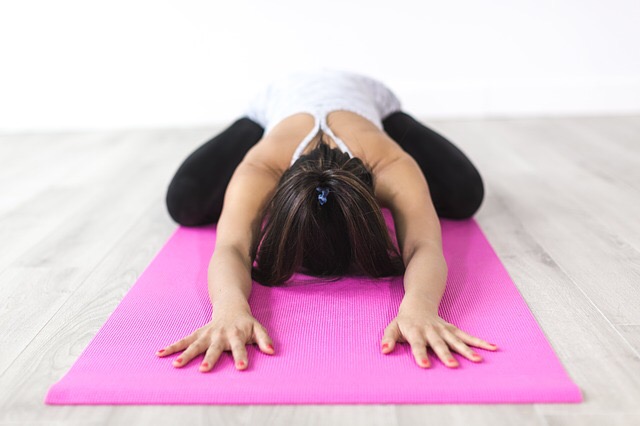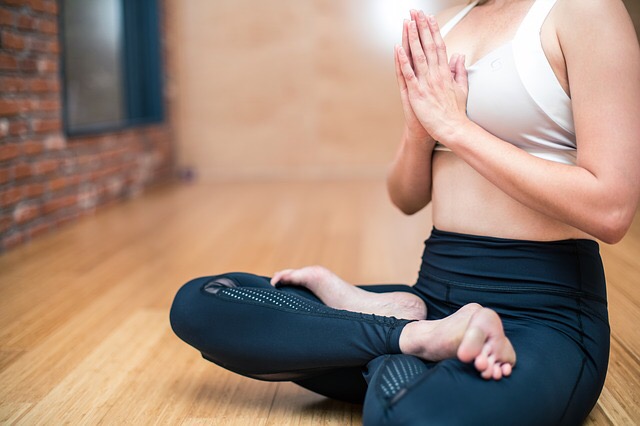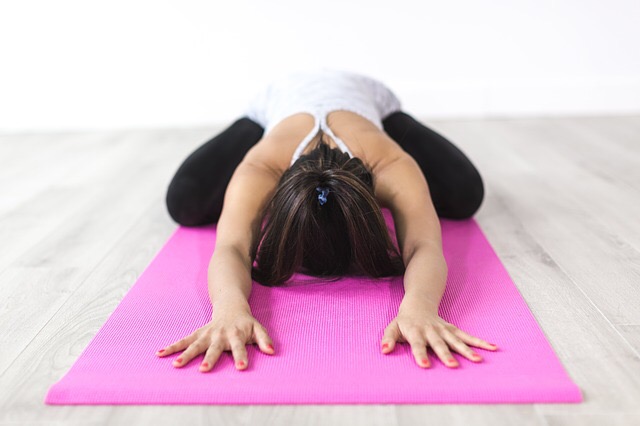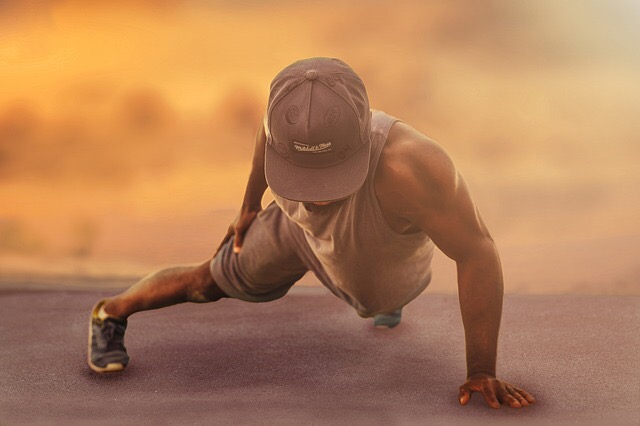Blog
The Best Sleep Position for Pregnancy
Sleeping well is a key element of a successful pregnancy
When it comes to sleeping during pregnancy, not all positions are created equal. To begin with, your natural sleeping position may no longer feel quite right- many women find that getting comfortable enough to fall asleep is a new challenge. A growing abdomen, back pain, restricted breathing and even heartburn are all common reasons that make it hard to fall asleep during pregnancy; indeed, insomnia is considered a side-effect of the pregnancy process. The truth is, that the position you choose to sleep in can then compound these problems and make it even more difficult to sleep. So what should you do?
Using Your Intuition For Spinal Decompression
It’s pretty clear that your spine needs a stretch…
…but you simply don’t know how to go about it. Many of us let back pain carve out a place in our lives in exactly this way; through the passage of time, and our lack of proactivity, back pain compounds upon itself and becomes chronic. We become aware that every day is dogged by back pain and stiffness; we ask ourselves what did I miss along the way? What we find is that we missed a lot of opportunities to provide our spine with the stretches it needed to remain mobile. Thanks to gravity, the compression on our spines is ever-present; because our spines are not designed to last forever, we have to take daily action to mitigate the severity of spinal compression.
Using Yoga Effectively to Account for Back Pain
Yoga is a godsend for back pain sufferers
Yoga is an amazingly versatile tool that can be individualized to accomodate even the most severe back pain. It can be used to target very specific parts of the body to ease your overall pain profile and the best part is that you are totally in control of the intensity. That being said, there are a numer of yoga poses that can actually increase your back pain! It is always important to check in with a health care professional before beginning a workout regime to account for your pain. At Family Chiropractic & Natural Healing Center, we are Milpitas‘ musculoskeletal specialists and we want to help you develop a plan that will ease your back pain without making the problem worse!
Pregnancy Poses Challenges for Pelvic Stability
Why should we accept pain in pregnancy as a foregone conclusion?
To be sure, there will be some degree of pain, as there is a growing weight inside of your belly! Carrying such a weight around 24/7 places a unique stress on the lower back which leads toAs ligaments at the base of the spine loosen to make way for delivery, the support network for the base of your spine becomes destabilized. Add to this the growing weight of the child and you have the perfect recipe for a number of spinal problems including:
- Lower back pain
- Tenderness in the ligaments and muscles that support the core
- Sciatica symptoms in the lower extremities
But this pain doesn’t have to be a foregone conclusion! You can control the extent to which your pregnancy creates back pain by using chiropractic, exercise and stretching.
The Brutal Reality of Text Neck
Startling statistics that show how damaging cell phones have become for our spines
Cell phones have moved into our lives to stay. Until we can migrate cell phone functionality into our actual brains, this office of chiropractic can’t see our reliance on handheld devices becoming any less prevalent. But it is worth checking yourself to determine whether your heavy cell phone use could be hurting your spine. Here are some stats that apply to the general population:
- The average person spends between 2-4 hours a day looking at their phone
- 26% of car accidents involve phone usage
- 75% of cell phone users start their day by looking at their phone
Do you check your phone in the shower or while you are going to the bathroom? How about sleeping with your cell phone on and close to your pillow? The stats show that we are using our cell phones more than ever, and in more situations than ever. Because we are chiropractors, we like to focus on the effects of cell phones on our spines. Unfortunately, this is one of the parts of the bodies that receives a disproportionate amount of damage from cell phone use.
Fancy or Flimsy: Footwear Choice Makes a Big Difference in Back Pain
When it comes to footwear, what comes first: style or function?
For many of us, answering honestly, it would be style, right? We often choose shoes on the basis of their good looks, perhaps even the brand, before considering how those shoes will support our entire body. But shoes must be looked at as part of the big picture!The fact is, walking is the action with the most potential for reptitive trauma for our entire body. We should strive to walk about 10,000 steps a day; falling short of this, we are still striking the ground thousands of times per day. Each steps represents an opportunity to reinforce patterns of shock that travel up the body, affecting every joint in the lower body and spine.
Treating Back Pain with Nonsurgical Decompression Therapy
Decompression is a powerful force for your health
Nonsurgical spinal decompression is a mouthful of a term that generally brings to mind thoughts of surgery or being strapped to a scary table. The truth is, spinal decompression is an all-star modality that helps people naturally manage back pain related to the following conditions:
- Sciatica
- Herniated discs
- Degenerative disc disease
- Spinal arthritis
- Spinal stenosis
- Facet joint syndrome
And while you can actually create a decompressive effect yourself by performing certain stretches (child’s pose for example), instrument-assisted decompression increases the benefit. Read on to find out how.
Your Best Golf Season Yet with Chiropractic
Golf is biomechanics at its finest
And the benefit to your body is undeniable! People of all ages use golf as a gentle form of physical exercise and and an extreme test of discipline. It is a game that strikes at the heart of the human experience, where we compete against ourselves to maintain control of our minds and motor control. Along the way, our body is being challenged by a number of motions which are completely unique to the sport- many of these motions carry the potential for injury. Upon deeper investigation, the exercise may not be as gentle as it seems…
The Role of Hydration in Spinal Health
What will it take to get you drinking the appropriate amount of water?
Every cell in your body contains water, and relies on water to perform basic cellular functions that keep you functioning. But why stop at functioning? Why not strive to thrive? Hydration is one of the fastest ways you can improve overall health and, as we will find below, it has extremely important applications in spinal health. And all you have to do is pick up a glass (or preferably a reusable water bottle) and drink!
Chiropractic for Athletes in Milpitas
Feeling your best starts with exercise
The Olympics are an unparalleled display of the power of sports in the human experience. We watch these athletes, who have dedicated their entire lives to their sport, reach for the pinnacle of perfection. But the greater extrapolation that we see is the happiness and sportsmanship inherent in each event; it shows us that sports, and even simple exercise, are incredibly important for maintaining a high level of well being. There is a neurological reason for this, including:
- the release of endorphins, which fight stress and pain, and make you feel happier
- the release of Brain-Derived Neurotrophic Factor, a protein that has a restorative effect on brain function.
These two factors are why we often feel a reset-effect after exercising. So we can agree that the pursuit of exercise is important- how can chiropractors help athletes maximize their musculoskeletal advantage?









